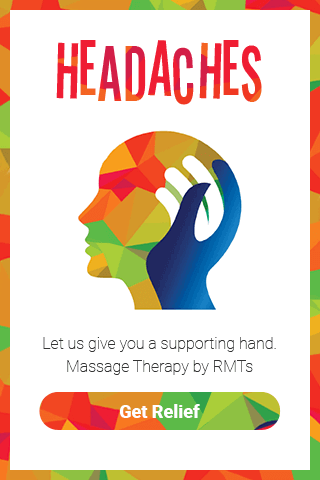Breathing involves: inhalation; exhalation (longer than inhaling); and pausing. Breathing provides us with the substance to live, not just merely the exchange of oxygen.
Breathing Techniques:
- promote body awareness and self relaxation.
- can help clear holding patterns and restrictions in the spine.
- offer enormous potential to affect our nervous system helping to heal ourselves. They have been around from ancient to modern times as a form of healing.
- help us to balance ourselves. Imbalance creates discomfort and health problems. Improving breathing techniques can lead to a better, healthier and individual state of balance.
- help provide us with a sense of well-being by reducing stress and anxiety. This enables us to cope with the stresses and strains of living instead of succumbing to panic, withdrawal or denial of the problem.
Slow breathing techniques can induce physical and mental relaxation by turning off the flight-fight mechanism induced by stress. When you are stressed, the sympathetic nervous system is activated triggering brain stem receptors to induce faster breathing. This stress can be controlled by slower breathing. If frequency of breathing is reduced you become calmer and feel better.
Awareness of the subtle sensations associated with the movement of breath brings one back into their body. Shallow, quick breathing gradually becomes a habit just as poor posture is often a habit. Conscious breathing techniques have been developed to revitalize energy and increase awareness and relaxation. Massage Therapists use breathing techniques for grounding, focusing and as a means of encouraging clients to let go of tension and anxiety.
Regulated and guided breath is an integral part of labor and delivery for expectant mothers.
Martial arts use breathing techniques to stimulate the flow of energy.
How well or poorly you breathe directly and profoundly influences your mood, digestion and the efficiency of brain function. Also affected are the nervous system, balance of calcium and magnesium, pain sensitivity, muscle and fascial tone, number of trigger points and how tired or alert you may feel.
Breathing Techniques aid in stretching muscles. Stretch with your long slow exhalation.
The Hi-Lo Test
- Sit in an upright chair (ideally in front of a mirror).
- One hand is placed on the upper abdomen and the other hand on the upper chest.
- Observe your hands as you inhale and exhale several times.
- If on inhalation the upper hand moves first and upwards, rather than slightly forward, and it moves significantly more than the hand on the abdomen, this suggests an upper-chest pattern of breathing.
- The ideal is to see the abdomen move forward during inhalation, with a slight outward movement of the upper hand towards the end of the in breath.
- Fully exhale before commencing the next inhalation.
- Complete cycle of breathing (inhalation & exhalation) should take not less than ten seconds.
- Breathe in through the nose and out through the mouth.
- Inhalation via the mouth is seldom appropriate.
Calming Breath
- Place the middle finger of your right hand on the centre of your forehead (between your eyebrows). Place the thumb of that same hand on your right nostril.
- Inhale slowly and deeply into your lower abdomen through the left nostril.
- Now close off this left nostril with your ring finger and hold your breath to the count of four.
- Release your thumb and exhale slowly through your right nostril; aim for 8 seconds of exhalation.
- Inhale through the same (right nostril).
- Now close off this right nostril with your thumb and hold your breath to the count of four.
- Release your ring finger and exhale slowly through your left nostril.
- This counts as one breath.
- Several breaths in a row this way will help to calm you.
Pursed Lip Breathing
- To rebalance the diaphragm and retrain slow exhalation patterns.
- Breathe out through your mouth with your lips pursed into as narrow an aperture as possible (imagine blowing out through a drinking straw).
- Breathe in through the nose (2-4 secs).
- Breathe out very slowly through pursed lips (4-8 secs).
- Repeat 20-30 times and 1-2 times daily.
Lung Expander Posture
- Roll up a small towel tightly and place it in the middle of your back running between the shoulder blades down to the pelvis.
- Place a pillow under your neck and head.
- Laying on the towel place your arms in a hold up position and practice deep abdominal breathing. Maximum time in this position: 10 minutes.
